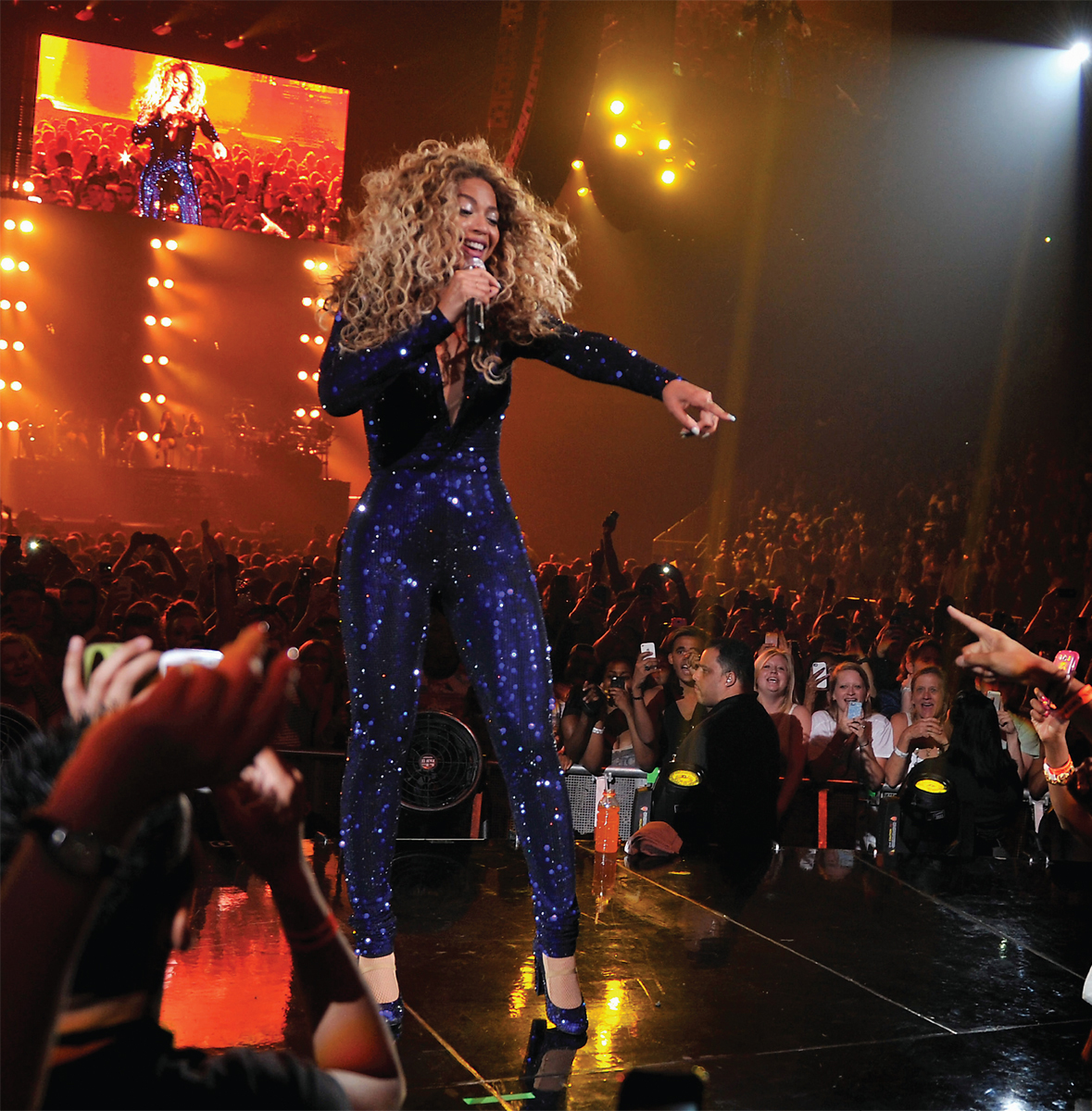Chapter 12 Introduction
THE BUSINESS OF MASS MEDIA
12
Public Relations and Framing the Message
Early Developments in Public Relations
The Practice of Public Relations
Tensions between Public Relations and the Press
Public Relations and Democracy

Traditionally, public relations (PR) professionals try to influence audiences, often by attempting to gain positive coverage in the news media. Social media like Twitter, Facebook, YouTube, and Tumblr have shortened the path of communication; now PR pros can communicate directly with their audience—
Beyoncé Knowles-
Beyoncé’s successful career is a testament to her great talent and a public relations strategy that assiduously controls everything about her iconic image. Emblematic of this is the “temperature-
But Beyoncé’s career over the past few years demonstrates the difficulty of completely controlling one’s image in a world in which social media puts publicity power in so many other hands. For example, social media were abuzz in early 2013 with rumors that Beyoncé lip-
A few weeks later, Beyoncé’s 2013 Super Bowl halftime show was a hit, but then Web sites like BuzzFeed and Gawker posted unflattering action photos of her performance—
Beyoncé continues to exert tight control over her media exposure; when HBO released the documentary Beyoncé: Life Is But a Dream, its subject also served as the writer, director, and executive producer of the autobiographical project. Then, in December 2013, Beyoncé released her fifth album with no promotion except for a message to her eight million Instagram followers that said “Surprise!” along with a fifteen-
THE BEYONCÉ STORY ILLUSTRATES A MAJOR DIFFERENCE between advertising and public relations: Advertising is controlled publicity that a company or an individual buys; public relations attempts to secure favorable media publicity (which is more difficult to control) to promote a company or client.
Public relations covers a wide array of practices, such as shaping the public image of a politician or celebrity, establishing or repairing communication between consumers and companies, and promoting government agencies and actions, especially during wartime. Broadly defined, public relations refers to the total communication strategy conducted by a person, a government, or an organization attempting to reach and persuade an audience to adopt a point of view.7 While public relations may sound very similar to advertising, which also seeks to persuade audiences, it is a different skill in a variety of ways. Advertising uses simple and fixed messages (e.g., “our appliance is the most efficient and affordable”) that are transmitted directly to the public through the purchase of ads. Public relations involves more complex messages that may evolve over time (e.g., a political campaign or a long-
The social and cultural impact of public relations has been immense. In its infancy, PR helped convince many American businesses of the value of nurturing the public, who became purchasers rather than producers of their own goods after the Industrial Revolution. PR set the tone for the corporate image-
In this chapter, we will:
- Study the impact of public relations and the historical conditions that affected its development as a modern profession
- Look at nineteenth-
century press agents and the role that railroad and utility companies played in developing corporate PR - Consider the rise of modern PR, particularly the influences of former reporters Ivy Lee and Edward Bernays
- Explore the major practices and specialties of public relations
- Examine the reasons for the long-
standing antagonism between journalists and members of the PR profession, and the social responsibilities of public relations in a democracy
As you read through this chapter, think about what knowledge you might already have about what public relations practitioners do, given that PR is an immensely powerful media industry and yet remains largely invisible. Can you think of a company or an organization, either national (like BP) or local (like your university or college), that might have engaged the help of a public relations team to handle a crisis? What did they do to make the public trust the organization more? When you see political campaign coverage, are you sometimes aware of the spin doctors who are responsible for making sure their candidate says or does the “right” thing at the “right” time in order to foster the most favorable public image that will gain the candidate the most votes? For more questions to help you understand the role of public relations in our lives, see “Questioning the Media” in the Chapter Review.